Enter your address to receive notifications about new posts to your email.
-
It was Greek to me (Julius Caesar)
One of Shakespeare’s First Folios was recently on loan from the Folger Library to Seattle, and my wife and I went to view it. You don’t have to be a theatre-lover to feel awestruck peering at the page opened at: “To be or not to be…” in a printing from Shakespeare’s troupe made shortly after…
-
Primers: Make friends with a new model organism
We hope everyone at The Allied Genetics Conference this week will take the opportunity to attend some presentations outside their “home” genetics community. But we realize that sometimes listening to talks in a new field can feel like visiting a foreign country, with its own language, unfamiliar customs, and insider jokes. If only you had…
-
Complex Traits and Simple Systems: An Interview with Leonid Kruglyak
Sometimes, the most useful scientific tool is a unique perspective. Leonid Kruglyak is a remarkable example of that fact. He originally trained as a physicist, and his quantitative background was foundational to his successful career in genetics and genomics. Kruglyak’s work focuses on the transmission of complex traits and the genetic basis of phenotypic variation. He…
-
New in G3: Drosophila doublesex, Shetland pony SHOX, and SNP-SNP interactions
Check out the July issue of G3! ForestPMPlot: A Flexible Tool for Visualizing Heterogeneity Between Studies in Meta-analysis Eun Yong Kang, Yurang Park, Xiao Li, Ayellet V. Segrè, Buhm Han, and Eleazar Eskin G3 July 2016 6:1793-1798; Early Online May 18, 2016 doi:10.1534/g3.116.029439 Abstract | Full Text | Full Text (PDF) Sex Differences in Drosophila…
-
July GENETICS Highlights
Check out the July issue of GENETICS by looking at the highlights or the full table of contents! This Month’s Centennial Articles Alfred Sturtevant and George Beadle untangle inversions, pp. 1001-1003 R. Scott Hawley and Barry Ganetzky R. Scott Hawley and Barry Ganetzky introduce Sturtevant and Beadle’s 1936 Classic that explained why inversion heterozygosity in the Drosophila X…
-
Two-faced protein both speeds and slows cell cycle
Although some proteins have a single career, many—like Dis3—lead a double life. In the yeast Schizosaccharomyces pombe, loss-of-function mutations in dis3 cause defects in mitosis, implying that Dis3 normally supports cell cycle progression. But perplexingly, results in humans suggest that Dis3 normally slows cell cycle progression: mutations that partially disable dis3 contribute to the development…
-
‘Omics’ data improves breast cancer survival prediction
Precise predictions of whether a tumor is likely to spread would help clinicians and patients choose the best course of treatment. But current methods fall short of the precision needed. New research in this month’s issue of GENETICS reveals that profiling primary tumor samples using genomic technologies can improve the accuracy of breast cancer survival predictions…
-
New Faculty Profile: Michael Wangler
New Faculty Profiles showcase GSA members who are establishing their first independent labs. If you’d like to be considered for a profile, please complete this form on the GSA website. Michael Wangler Assistant Professor (starting July 2016) Department of Molecular and Human Genetics Baylor College of Medicine Lab website Research program: The overall long-term goal…
-
Learning & Doing: GSA Awardee Bill Wood interview in GENETICS
So much is easily accessible on the internet now, there’s no need to pack students’ heads with information; what’s important is that we teach students how to learn on their own. —William B. Wood Bill Wood has been a pioneer in the reform of science teaching. Along with his many scientific accomplishments, Wood’s leadership has been…
-
Selfish self-fertilization hampers adaptation
When finding a mate is difficult, self-fertilization offers a tempting solution by increasing the number of offspring an individual can produce. But although “selfing” provides a stopgap solution when mates are scarce, it is frequently an evolutionary dead end; when environmental conditions change, species with high selfing rates seem prone to extinction. In an article…
-
The very model of a classical geneticist
My apologies for this blog post to Sir William Schwenck Gilbert, who collaborated with Sir Arthur Sullivan on a series of comic operas that included The Pirates of Penzance. Pirates premiered in 1879 and featured a song called “I am the Very Model of a Modern Major-General,” and I am far from the first to…



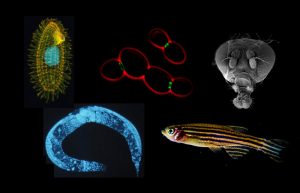
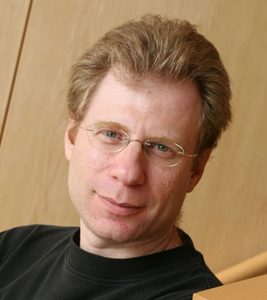
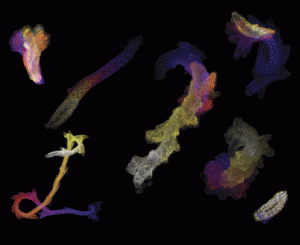
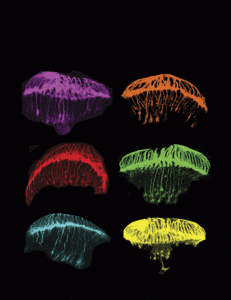
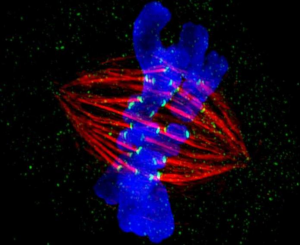
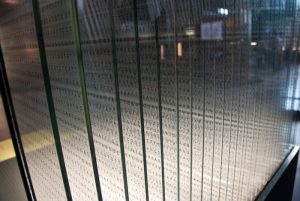
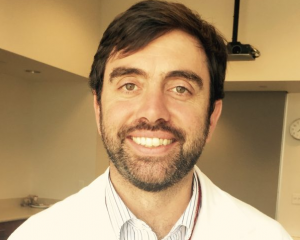
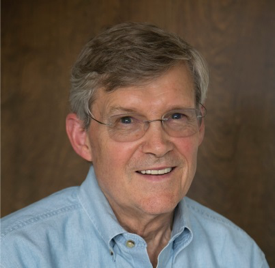
![Helonias bullata, a species threatened with extinction. Its low genetic diversity, a factor contributing to its decline, may have been caused by a high rate of self-fertilization. By Hedwig Storch (Own work) [CC BY-SA 3.0 (http://creativecommons.org/licenses/by-sa/3.0)], via Wikimedia Commons.](https://s36063.pcdn.co/wp-content/uploads/2016/07/1024_Helonias_bullata_Arktisch-alpiner_Garten_Chemnitz-0931-e1467579681557-300x197.jpg)
